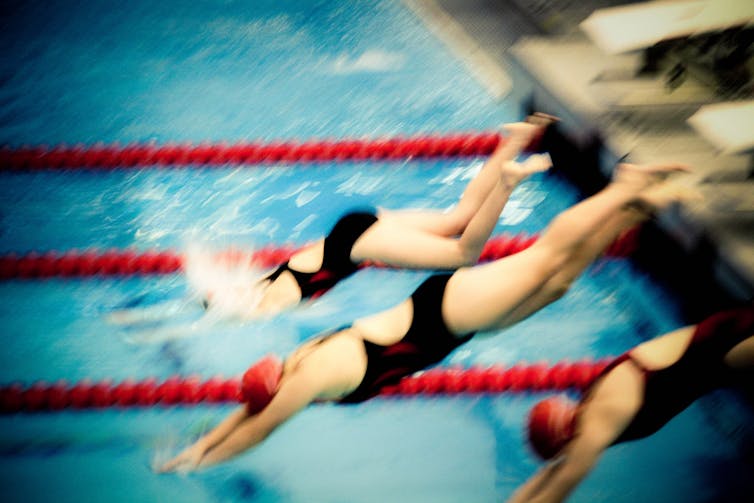
I am just going to throw this out there. In a radio interview last week I was asked if Australia should continue to participate in the global sports arms race and increase its investment in elite sport. For a whole range of reasons (elite investment can lead to some societal benefits that can be justified scientifically) that we can debate off line I personally feel that elite sport funding should not be cut, maybe even increased (see later).
However, what could happen first is to bring federal funding of grassroots sport in line with elite sport. Again, the implications and origins of such a statement are much more far reaching than can be discussed in a blog such as this, so please take the following anecdotal comparison of countries as a brain teaser rather than a water tight case that can be argued in a court of law.
Here we go. During the past two decades, Australia’s federal sport expenditure has been weighted roughly 80:20 in favour of elite sport. This equation also applies to the Dutch federal sport budget, but there the balance favours grassroots sport. During the past three Olympic campaigns the Dutch won 22 medals in Athens, 16 in Beijing, and 16 in London whilst still counting (at least two more silver medals in hockey will be won).
A pretty stable performance over the past 12 years. Australia’s Athens’ medal count was 49, Beijing 46 and London 29, also still counting, but unlikely to get many more than 30. Whilst the debate in Holland is about shifting the (relative!) investment to elite sport, the debate in Australia is (should be?) about investing (relatively!) more in grassroots sport.
By the way, don’t worry valued commentators on previous blogs! The investment in sport is separate from the discussion about bringing compulsory physical education back into the national curriculum and also separate from establishing wide ranging national policies in regard to increasing physical activity levels and facilitate active lifestyles of all Australians. I do realise that sport only represents a small but important part of the human movement universe.
So let us go back to the anecdotal two-country assessment. The Netherlands and Australia in so many ways are comparable – in regard to their economic development (GDP), population size (17 and 22 million), in terms of their club based sporting systems and infrastructure, and in regard to their cultural values and attitudes.
Sport is important in both societies. People identify themselves nationally with the success of home-grown sporting stars, and sport is an incredibly important part of the community fabric.
It generates social capital through its ability to make people meet, greet, play and engage with each other. Excellent physical infrastructure in both countries facilitates this process.
The last teaser I want to throw out there is that given sport’s wonderful community coverage – it is everywhere, just note how long you can drive through a town on a Saturday without seeing people play sport – the federal investment in sport in both countries is marginal. Federal budgets for sport in the Netherlands and Australia amount to a couple of hundred million dollars at the most - a drop in the ocean when you compare this to, for example, health and education budgets.
If some enlightened sport (and health) ministers in both countries would be bold enough to negotiate, say, 500 million per annum as their sport budget, euros or dollars, both elite and grassroots sport would thrive. Just split 500 million between elite and grassroots and both countries would be top 10 Olympic nations.
And in terms of community sport infrastructure (people and facilities), we would leave the rest of the world miles behind, including China and the USA.
